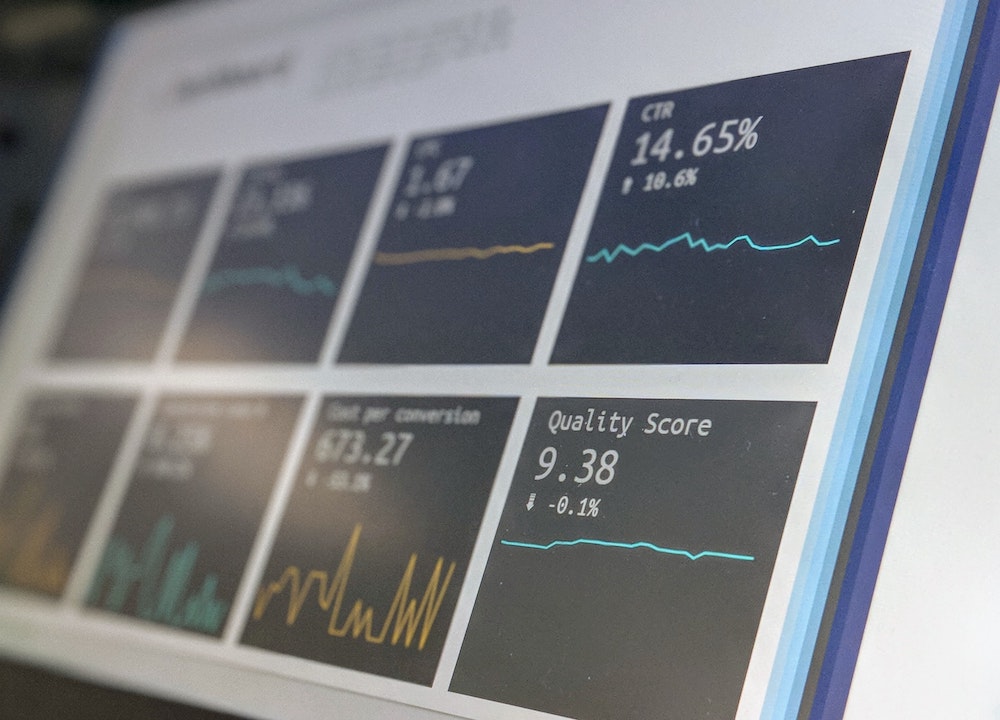The Fight Continues: Microsoft Removed 3 Billion Ads in 2021
Posted by Brand Safety Institute • Apr 4, 2022 3:17:16 PM
Data from Microsoft Advertising shows how the fight to protect the digital advertising ecosystem is an ongoing battle.
Microsoft Advertising removed more than 3 billion ads and banned nearly 400,000 websites in 2021, according to data released recently in a post by Neha Garg, principal program manager. The 3 billion ads removed represent a huge annual increase of “almost twice as many as in 2020,” according to Garg.
Garg wrote that the “explosive growth in digital transactions also caught the attention of bad actors, and online attacks and digital scams rose across all platforms.” In addition to the removed ads and banned sites, Microsoft saw a rise in “fake celebrity-endorsed investment ads” and “were able to suspend nearly 10,000 accounts and take down more than 200,000 ads.”
Customers filed around 70,000 complaints for reasons including trademark infringement, policy violations, and user-safety issues. Of those 70,000, Microsoft “found ~60 percent…to be in violation of Microsoft Advertising policies,” most of them involving trademark infringement. Other complaints involved “unlicensed gambling sites, phishing, unauthorized government service provider websites,” and more. In response, Garg’s post says Microsoft “took down nearly 650,000 violating ads.”
“Digital ad crime is a constant game of cat-and-mouse,” said Rachel Thomas, chair of the Brand Safety Institute's (BSI) Advisory Board and COO of the Trustworthy Accountability Group (TAG). “It’s so critical for industry leaders to work with their peers to sharpen their claws, seal up the holes, and set the right traps. Happily, more than 700 companies across the industry across the globe have joined TAG's efforts to reduce ad-related crime and improve brand safety by raising their standards, sharing threat intelligence, and building a collaborative defense against common threats."
Garg’s post identified “key focus areas” for Microsoft Advertising going forward, including the introduction of an “advertiser verification program” that requires advertisers to “establish their identity as a business or an individual by submitting all necessary information and documents.” The program is currently available in seven countries according to the post. Other Microsoft initiatives in the fight against fraud include extending support for 19 new languages and the sharing of best practices to fight the subversion of multi-factor authentication.
Microsoft’s data shows the fight for the integrity of the digital advertising ecosystem is an all-hands-on-deck situation, one that can be addressed by having knowledgeable, vigilant organizations and individuals at every step of the supply chain. To assist in the fight, the Brand Safety Institute (BSI) has Brand Safe Workforce programs and certifications for companies, and the Brand Safety Officer program and certification for individuals. Parties interested in the fight to protect the online ecosystem can also find a brand safety resources such as checklists and tools on the BSI website.
Photo by Stephen Dawson on Unsplash
Topics: Brand Safety, Brand Safety Officers, Ad Fraud, Research, measurement, data, Brand Safe Workforce, Microsoft Advertising
Want To Stay Ahead In Brand Safety?
Sign up for the BSI Newsletter to get our latest blogs and insights delivered straight to your inbox once a month—so you never miss an update. And if you’re ready to deepen your expertise, check out our education programs and certifications to lead with confidence in today’s evolving digital landscape.

